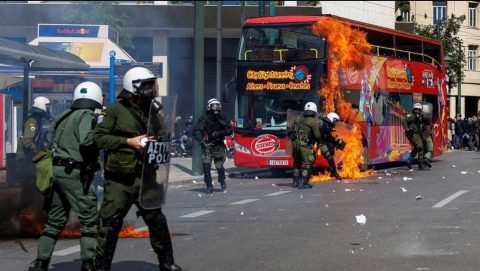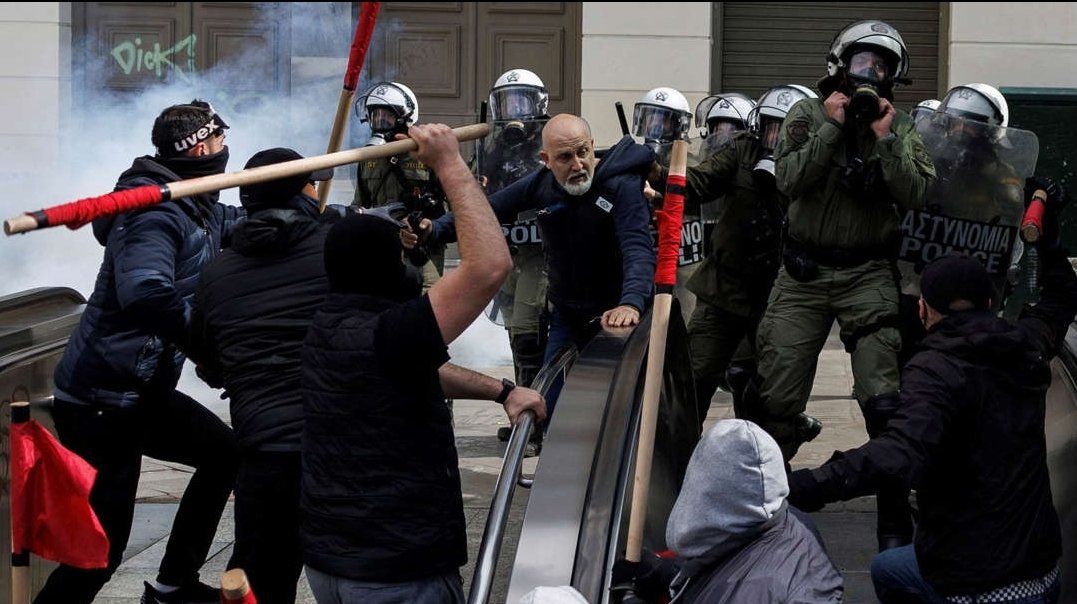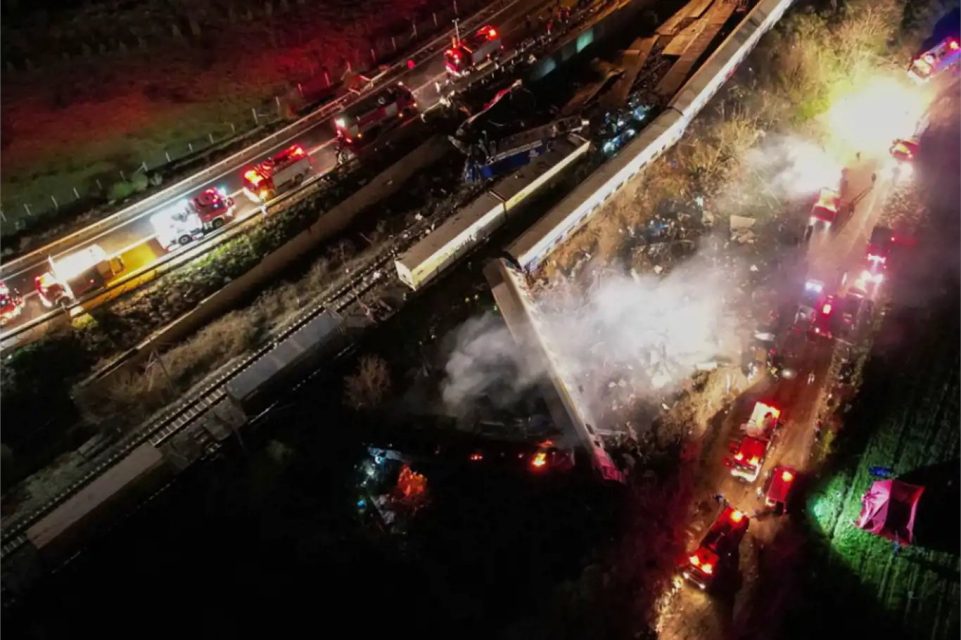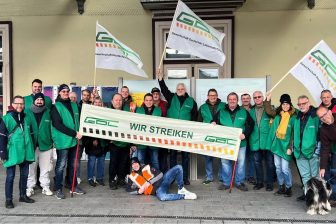
Riots spark in Athens in the wake of last week’s rail accident
Almost a week after the tragic rail accident in Greece, the Greek people are still expressing their disappointment, fears, and rage against the institutions deemed responsible. On Sunday 5 March, groups of protesters took to the streets of Athens and then gathered in front of the Greek Parliament, causing a clash with the police. In the meantime, the number of victims rose to at least 57, with estimation saying that the death count could reach 70 people.
According to Al Jazeera, the protests were attended by roughly 12,000 students and railway workers. Some protesters threw petrol bombs at the police and set fire to rubbish bins. The police responded with tear gas and stun grenades, which led to the protesters being dispersed. Moreover, railway workers have launched rotating walk-outs since last week to denounce the lack of investments in the infrastructure.

The dynamic and consequences of the accident
The disastrous accident happened shortly after midnight on 1 March near the city of Larissa. The crash involved a passenger train travelling from Athens to Thessaloniki carrying around 350 people. Just before the Vale of Tempi gorge, there was a head-on collision with a freight train. Both trains were reportedly travelling at high speed. The total fatalities are still unknown, with rescuers working tirelessly to locate survivors and pull out bodies from the destroyed wagons.
Among the accident’s immediate repercussions was also the resignation of the Greek transport minister Konstantinos Karamanlis, who explained that he cannot remain in the position after so many people got lost. Additionally, he mentioned that he does so to assume responsibility for the mistakes of the past and present governments, which led to this tragedy.
Shortly after the accident, the station master of Larissa, on duty for traffic management when the tragedy occurred, was arrested and questioned by the Greek police. In his words, the accident resulted due to “bad timing” since, by mistake, he asked the passenger train to switch lines without realising that a freight train was also transiting on the same track. As a result, a few minutes later, the two trains crashed.

Also read:




